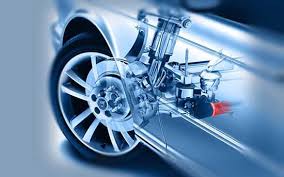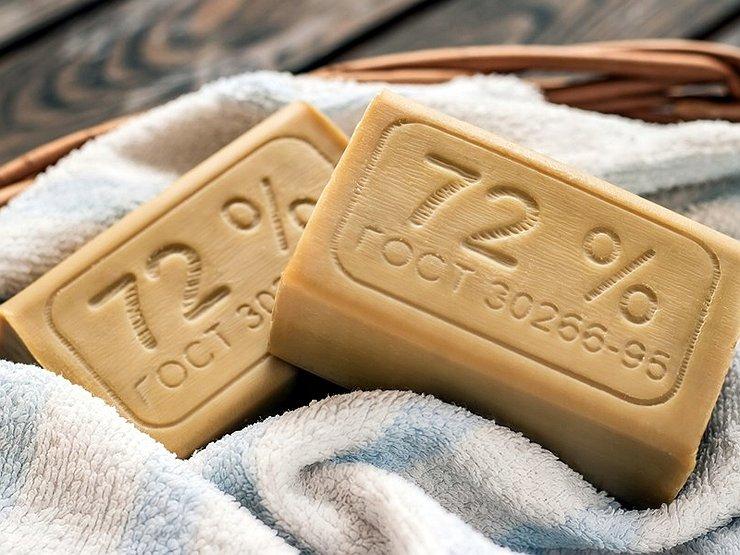
The device and types of steering drive
Content
The steering gear is a mechanism consisting of levers, rods and ball joints and is designed to transfer power from the steering gear to the steered wheels. The device provides the required ratio of the angles of rotation of the wheels, which affects the efficiency of the steering. In addition, the design of the mechanism makes it possible to reduce the self-oscillations of the steered wheels and to exclude their spontaneous rotation during the operation of the car suspension.
Design and types of steering drive
The drive includes all the elements between the steering gear and the steered wheels. The structure of the assembly depends on the type of suspension and steering used.
Steering gear-rack mechanism
This type of drive, which is part of the steering rack, is most widespread. It consists of two horizontal rods, steering ends and pivot arms of the front suspension struts. The rail with the rods is connected by means of ball joints, and the ends are fixed with tie bolts or by means of a threaded connection.
It should also be noted that the toe-in of the front axle is adjusted using the steering tips.
The drive with a gear-rack mechanism provides rotation of the front wheels of the car at different angles.
Steering link
The steering linkage is usually used in helical or worm gear steering. It consists of:
- side and middle rods;
- pendulum arm;
- right and left swing arm wheels;
- steering bipod;
- ball joints.
Each rod has at its ends hinges (supports), which provide free rotation of the moving parts of the steering drive relative to each other and the car body.
The steering linkage provides steering wheel rotation at different angles. The desired ratio of the angles of rotation is carried out by selecting the angle of inclination of the levers relative to the longitudinal axis of the vehicle and the length of the levers.
Based on the design of the average thrust, the trapezoid is:
- with solid traction, which is used in dependent suspension;
- with split rod used in independent suspension.
It can also differ in the type of location of the average link: in front of the front axle or after it. In most cases, the steering linkage is used on trucks.
Ball joint steering head
The ball joint is made in the form of a removable tie rod end, it includes:
- hinge body with plug;
- ball pin with thread;
- liners that provide rotation of the ball pin and restrict its movement;
- protective casing ("boot") with a ring for fixing on the finger;
- spring.
The hinge transfers power from the steering mechanism to the steered wheels and provides mobility of the connection of the steering drive elements.
Ball joints absorb all shocks from uneven road surfaces and are therefore subject to rapid wear. Signs of wear on the ball joints are play and knocking in the suspension when driving over irregularities. In this case, it is recommended to replace the defective part with a new one.
According to the method of eliminating gaps, ball joints are divided into:
- self-adjusting - they do not require adjustments during operation, and the gap that appears as a result of wear of parts is selected by pressing the finger head with a spring;
- adjustable - in them the gaps between the parts are eliminated by tightening the threaded cover;
- unregulated.
Conclusion
The steering gear is an important part of the vehicle's steering. The safety and comfort of driving a car depends on its serviceability, therefore it is necessary to carry out maintenance in a timely manner and change the failed parts.
